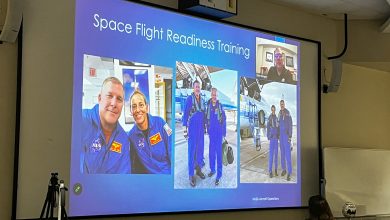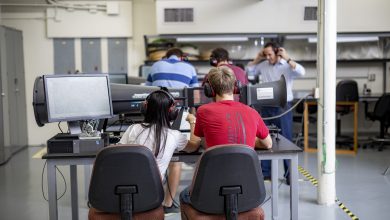Research Explores Disturbed Forest Bounceback Time
MELBOURNE, FLA. — Mark Bush, Ph.D., head of the Florida Institute of Technology Department of Biological Sciences, earned a coveted National Science
Foundation Grant of $590,000 to research the extent to which indigenous peoples impacted the Amazonian forest prior to European arrival. Florida Tech’s
portion of the grant is about $407,000; scientists at the University of Florida and Wake Forest University will share the balance.
According to Bush, a prevailing view among archaeologists is that many ecosystems that ecologists have assumed to be mature or undisturbed may be only one
to several tree generations removed from intensive management. The widespread use by pre-Columbian humans of fire for slash-and-burn agriculture, coupled
with “gardening” the forest to enrich the proportion of useful plants, may have created the forest as we know it today.
“If, indeed, Amazonia has been managed this way, there exist radical implications for our understanding of ecological gradients, biodiversity distribution
and ecosystem function, as well as conservation and global change biology,” said Bush. “If the archaeologists are right, what we see today may not be a
timeless forest but relatively young re-growth.”
He and Florida Tech graduate students Crystal McMichael, Alejandra Restrepo and Marco Raczka will test the hypothesis of widespread human manipulation of
the forest by conducting soil core analyses across the entire length and breadth of Amazonia in two seasons. Their research will answer whether it takes a
relatively short time for an Amazonian rainforest to assemble, recovering from human disturbance in a couple of hundred years, or that the Amazonian
rainforests are essentially undisturbed over thousands of years and they would not necessarily bounce back well if disturbed by human activity.
The basin-wide study is the first to integrate ecologists, paleoecologists, anthropologists, archaeologists and biogeochemists on this topic.
The Amazon Basin, located primarily in Brazil, stretches into Peru and several other countries. Primarily dense tropical forest, the area has been
continuously inhabited for more than 12,000 years.




